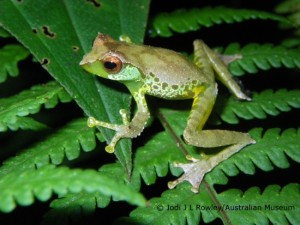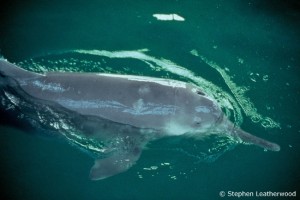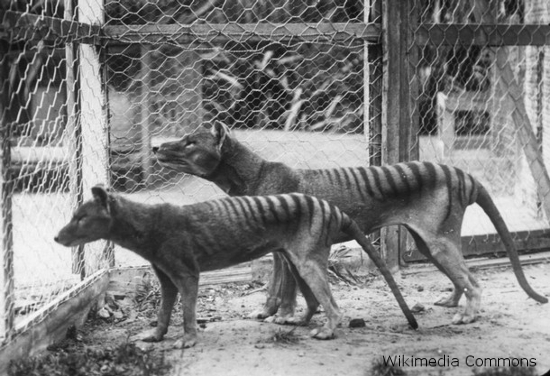A sound knowledge of the number of species on earth is vital for predicting extinction rates and subsequently for our understanding of conservation and biodiversity.

To date, estimates of these parameters remain wildly inconsistent. Predictions for the number of living species can vary by a factor of 100 and extinction rates by even greater amounts. Even the number of species named and known to science is subject to debate.
New research published in the journal Science has attempted to confront this problem, arguing that such severe inconsistency in estimations is detrimental to wildlife conservation.
From their own research, the authors suggest that there are some 5 million (non-bacterial) species alive on earth today. Of these around 1.5 million are thought to have already been discovered whilst species new to science are being described at a rate of around 18,000 annually.

Most difficult to predict is the current extinction rate of organisms, with estimates varying from 0.01% to 5% each decade. This variability is, at least partly, a result of just 5% of known species having their extinction risk assessed. Nonetheless, the current research suggests that new species are being described at a quicker rate than they are being lost. For now.
If there are indeed 5 million species on our planet, the authors predict that at current rates it will take a little over 200 years to describe these new finds. During this time, the conservation community will continue to suffer from an absence of data which could otherwise identify areas of high biodiversity value and offer insight into the types of organism most likely to face extinction.
If the worst predictions for extinction rates (5%) held true, the number of living species would halve before the recording of all life was complete. To many this may make the task seem futile, a view, the authors argue, which highlights just how detrimental the production of speculative predictions can be.

As a matter of fact, the authors suggest that a number of simple measures, not least the publication of species data in universal authoritative, open access databases, could drastically improve the efficiency of species description. With the knowledge that data from all known species could be found in one place, taxonomists could more efficiently identify whether their specimen is new to science. Furthermore, it would reduce the risk of the same species being described under numerous different titles. This may not sound significant but in fact some 20% of named species – maybe 400,000 organisms – are thought to consist of these so called synonyms.
Through the adoption of these universal species databases and with a relatively small increase in global funding ($0.5-1bn), it is believed the species of the world could be described in as little as 50 years.
Once these species are described, biologists can progress to the next stages of research, be that identifying a species’ role in an ecosystem, studying global extinction patterns, or perhaps even assessing a species’ economic significance to ourselves. All these fields of research will be integral to long-term wildlife conservation.
The fewer unidentified species there are, the greater a picture we can build of their attributes and of the interactions between organisms in an ecosystem.
We are only just beginning to appreciate the subtle complexities of inter-specific interactions, ranging from disease suppressive soil bacteria to large keystone species such as the Asian elephant. The importance of such relationships will remain tantalizingly elusive as long as species within ecosystems remain undiscovered.
Source: Costello, M. J., May, R. M. and Stork, N, E. 2013. Can we name Earth’s species before they go extinct? Science. 339: 413-416.